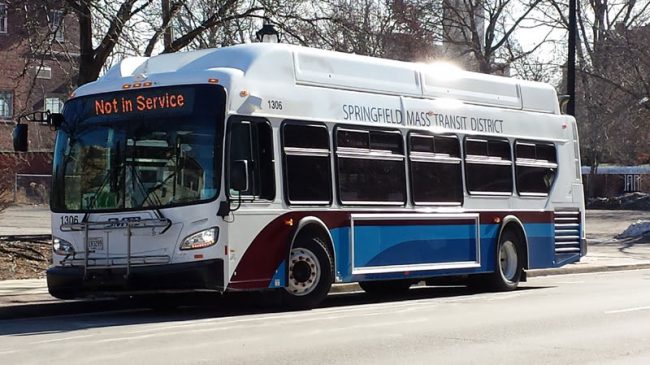During the last four decades, dozens of U.S. metro areas have sought to improve their transit systems, aiming to reduce the long-term downtrend in ridership that occurred following World War II. While a handful of very large metro areas built heavy rail systems during the 1960s and 1970s (e.g., Atlanta, Baltimore, Miami, San Francisco, Washington, D.C.), most of the new rail transit added since then has been either light rail or commuter rail. The latter systems had lower capital costs than heavy rail (if they were implemented on existing railroad tracks), making federal, state, and local transit capital funding dollars go further. Transit agencies generally intended to boost “choice” ridership by investing in rail transit, moving beyond the de- facto mission of their bus systems as the provider of transportation for generally lower-income, transit-dependent riders.
Unfortunately, in many cases the addition of rail transit has failed to increase a metro area’s overall transit usage. Commuting data from the 2013 American Community Survey show that work-trip mode shares for transit and driving alone in 23 metro areas that opened new rail transit service since 1970 have changed very little. Transit’s market share decreased in 12 and increased in only 10 of these metro areas. The average of those with reduced transit share was a 1.2% decrease, while the average increase of the other 10 was 0.6%. Moreover, the drive-alone percentage increased in 18 of the 23, while decreasing in only four. Thus, the rail transit investments to date have generally failed to “get people out of their cars,” as planners had hoped.
One possible reason for rail’s modest impact is that the cost of building and operating the rail lines reduced the funding available for operating and maintaining the bus system (or led to bus fare increases, as occurred in Los Angeles). Many transit agencies understandably reconfigured a number of their bus routes to feed the mostly radially oriented rail lines, which reduced the grid-like configuration of the bus system and hence its utility for some of its transit-dependent riders.
Conventional bus transit systems can be divided into two different models: radial (focused on serving the central business district) and multi-destination. Florida State University researchers Jeffrey Brown and Gregory Thompson assembled a database on transit systems from 45 metro areas with between one million and five million people. They found that the radial model was significantly less productive than the multi-destination model.
Their follow-up case study compared the multi-destination grid model of Broward County, FL (Fort Lauderdale) with the radial system of Tarrant County, TX (Fort Worth). They found that Broward County Transit’s grid system delivered four times as much service, with higher productivity for each mile of service.
Another factor in the decline of transit’s mode share in many metro areas has been the continued suburbanization of both housing and jobs. For several decades now, the largest fraction of commuting trips has been suburb-to-suburb, rather than the traditional suburb-to-CBD (central business district) pattern.2 Yet most rail lines that have been implemented have served radial corridors, and many bus routes are reconfigured, as noted above, to feed those radial rail lines. This makes the transit system less conducive to serving a large fraction of work trips effectively.
In 2012 the Brookings Institution analyzed data from 371 transit providers in America’s 100 largest metro areas.3 It found that only 27% of jobs could be reached via transit (one-way) within 90 minutes. For reference, the average nationwide (one-way) commuting time, mostly via car, is 26 minutes.
Economist David Levinson did a comparable study of access to jobs via auto commuting in the largest 51 metro areas. As of 2010, in 61% of those metro areas, people could reach 100% of the jobs by car (one-way) within 30 minutes or less.4 Within 40 minutes, 100% of jobs could be reached in 76% of those metro areas, and within 60 minutes 100% of jobs could be reached in all 51 metro areas. The roadway system is ubiquitous, connecting every origin with every destination. By its nature, the transit system cannot be ubiquitous in this way. But a radial transit system is a poorer fit than a grid-type system.
The question before us is this: Can we figure out ways to increase transit use cost-effectively via enhanced bus service and uncongested guideways?

